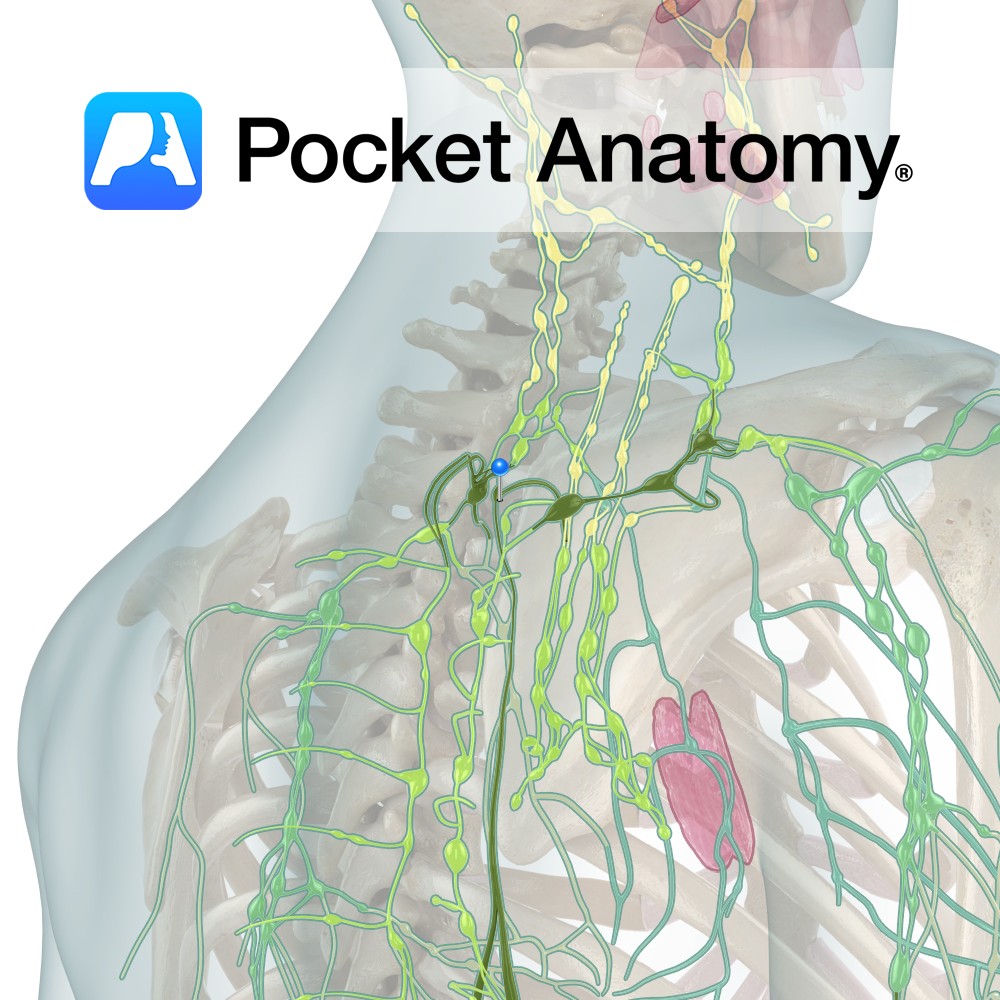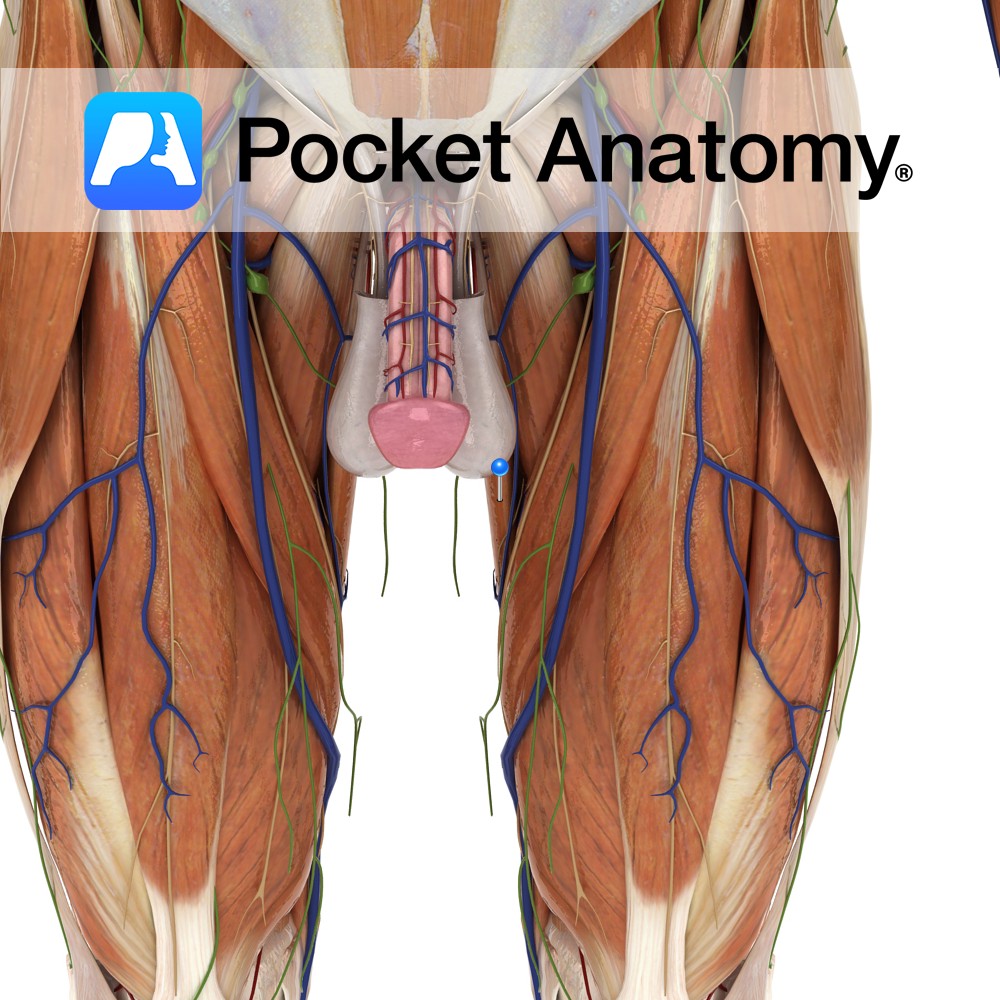Anatomy
Course
Enters the abdomen as a continuation of the thoracic aorta by passing through the aortic hiatus of the diaphragm at the level of T12. Descends downward slightly to the left of the midline until it bifurcates into the left and right common iliac arteries at the level to L4. The inferior vena cava travels parallel to its course on the right side.
Supply
The abdominal aorta supplies the vast majority of the lower half of the body.
Clinical
The abdominal aorta is a common site for aneurysms; these are called abdominal aortic aneurysms (AAA). Although the etiology is not well known, several risk factors include: Smoking, high blood pressure, high cholesterol, male gender, emphysema, family history and obesity. The aneurysm may develop gradually over a long period of time and may remain asymptomatic until it ruptures.
Ruptured AAA symptoms include: back pain, nausea and vomiting, tachycardia and shock. Treatment for a ruptured AAA is emergency open abdominal surgery. If caught early and the aneurysm is less than 5cm in width, the physician may choose to monitor the aneurysm using an ultrasound every six months.
Interested in taking our award-winning Pocket Anatomy app for a test drive?





